24. Riga’s 700th Anniversary Exhibition
Author: Eižens Upmanis, Mag.arch.
The idea of an exhibition of industry and crafts to mark Riga’s 700th anniversary was first proposed by engineer Florian vonWiganowsky at a discussion evening held by the Riga Crafts Society (Gewerbeverein) in October 1898. On the orders of the Board of the Crafts Society, the Crafts Committee drafted a report which found the proposal to be, “appropriate and current, recommending the Esplanade (today Esplanāde) and Schuetzengarten (the Shooting Club Garden, today Kronvalda Park) as the most suitable site, with the possibility of linking these two territories with a pedestrian bridge over the intersection”.
On May 12, 1899, a meeting of interested industrialists and artisans was held to hear their views about such an exhibition.
The roughly 150 industrialists, factory owners and artisans in attendance decided to hold an anniversary exhibition of industry and crafts in the summer of 1901, lasting between two and two and a half months. An Executive Committee for the exhibition was established, with Professor Carl Lovis as chairman, engineer Bernhard von Schubert as first deputy, engineer Georg Kerkovius as second deputy and Johannes von Eckardt as secretary. The exhibition’s administration was divided into six sections:
- Finance
- Construction
- Submission of items for exposition
- Exposition of items
- Awards presentation
- Entertainment, restaurants and music
- Public safety and security
A special “Location Committee” was established to select the exhibition’s site. The committee inspected the city pastures (today the Ganību dambis district), Andreas Island (now Andrejsala) with the Keisergarten (Ķeizardārzs), Griesenberg (Grīziņkalns) neighbourhood and the square near Thorensberg (Torņakalns) Railway Station, but each was found to have some defect making it unsuitable. Griesenberg was flatly rejected because of poor public transport links and its bleak, impoverished environment, and similar judgements were made regarding the city pastures, Alexander Gates (near the present VEF Bridge) and Thorensberg. And so the Executive Committee returned to the earlier recommendation made by the Crafts Committee of the Crafts Society to hold the exhibition in the Esplanade.
The Construction Section announced a competition for sketches of the exhibition’s overall layout and main buildings, which concluded on February 1, 1900. Nine projects were submitted, with first prize and the rights to build the exhibition awarded to architect Max Scherwinsky. Scherwinsky was also appointed director of construction together with fellow architect Alfred Aschenkampff. Landscaping was entrusted to the chief city gardener GeorgKuphaldt, while Riga Politechnical Institute Professor Jan Benedykt Wodzińsky was requested to design a pedestrian bridge connecting the exhibition square in The Esplanade with Schuetzengarten, as the Craftsmen’s Association had also suggested. Russian electrical devices company “
Union” was put in charge of installing the exhibition’s electric lighting.
More information will be available in the virtual exhibition, which will be established till April 2016.
×
1 / 35

2 / 35

3 / 35

4 / 35

5 / 35
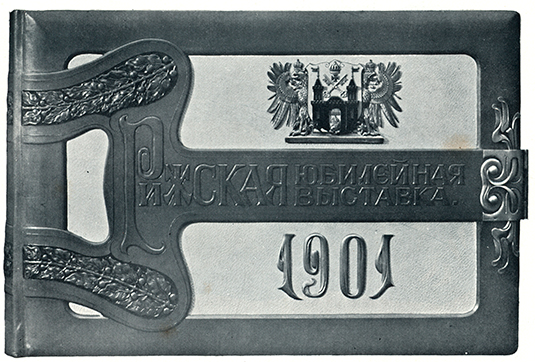
6 / 35

7 / 35
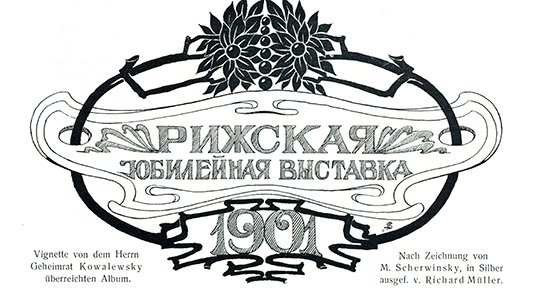
8 / 35

9 / 35

10 / 35

11 / 35

12 / 35

13 / 35

14 / 35
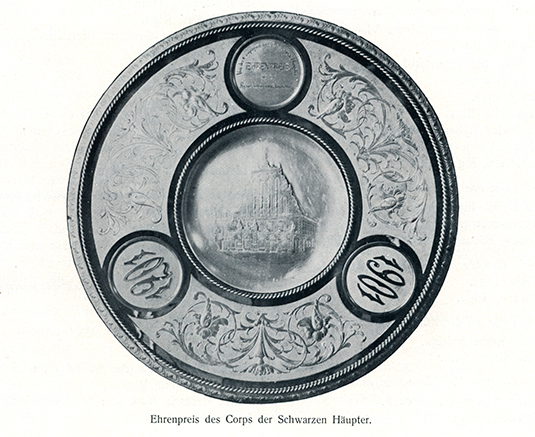
15 / 35

16 / 35
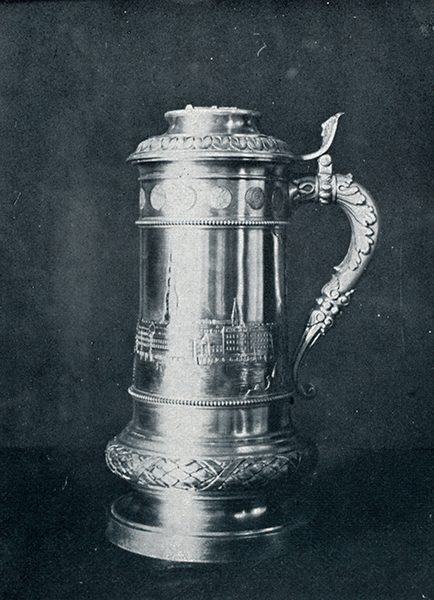
17 / 35

18 / 35

19 / 35
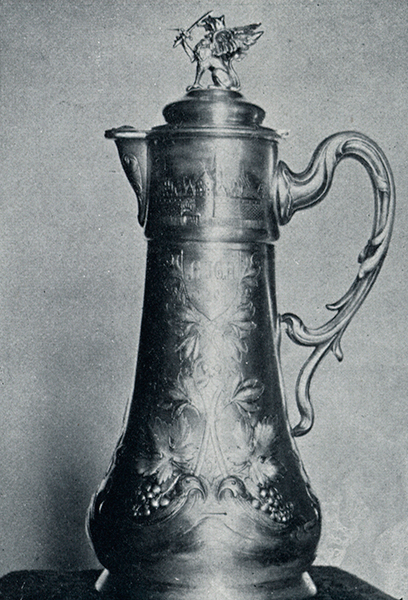
20 / 35

21 / 35

22 / 35

23 / 35

24 / 35

25 / 35

26 / 35

27 / 35

28 / 35

29 / 35

30 / 35

31 / 35
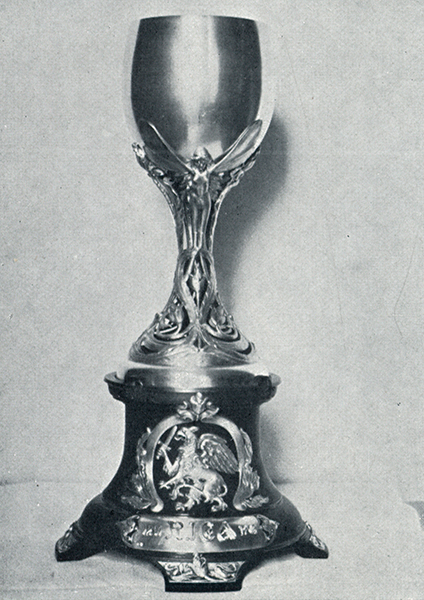
32 / 35

33 / 35

34 / 35

35 / 35

❮
❯




